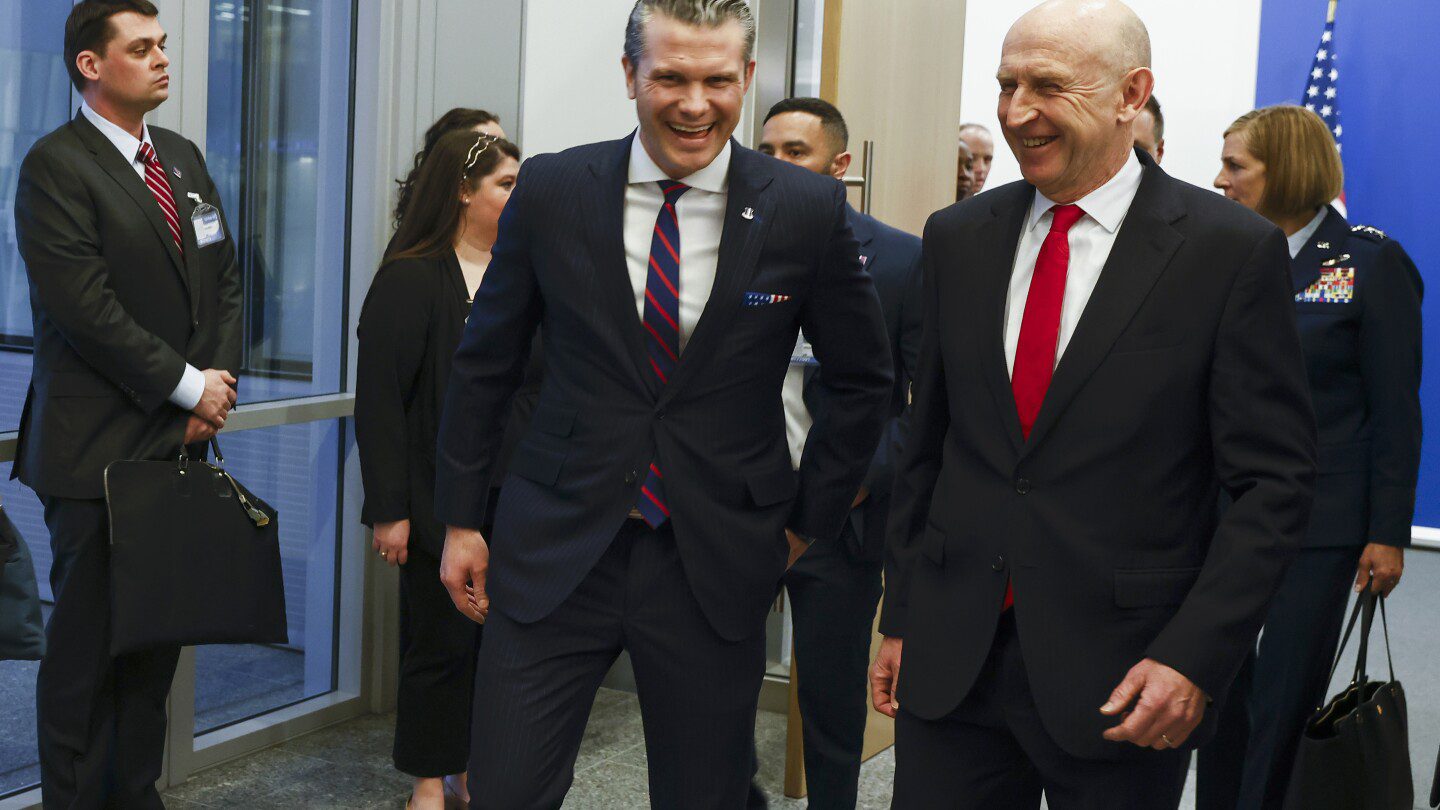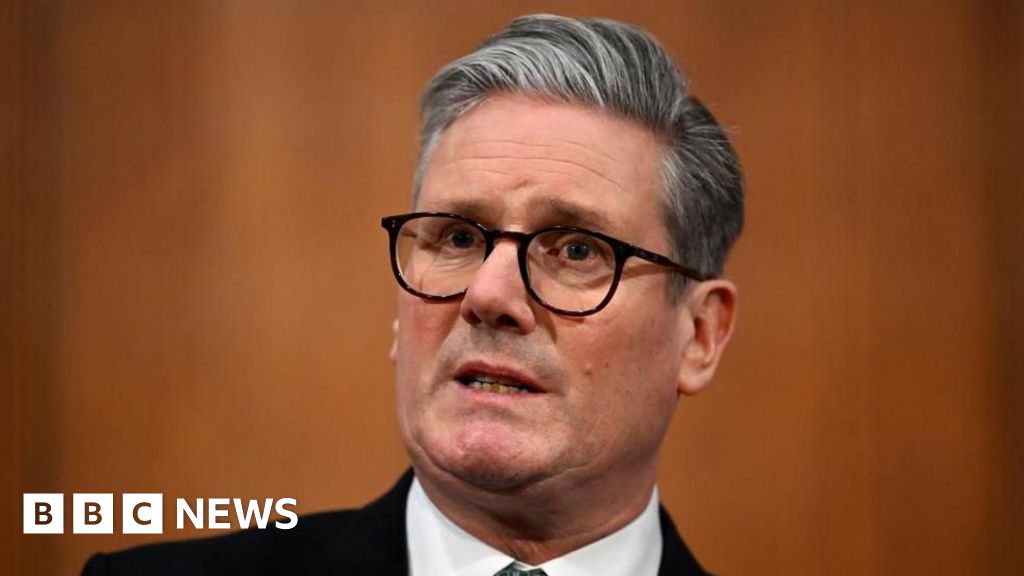
BRUSSELS (AP) — On Wednesday, U.S. Defense Secretary Pete Hegseth marked a significant moment as he became the first member of the new Trump administration to visit NATO. This visit comes as member nations await clarity on the extent of military and financial aid that the U.S. is willing to offer to Ukraine’s government.
During his trip, Hegseth engaged in discussions with U.K. Defence Secretary John Healey ahead of a meeting with the Ukraine Defense Contact Group at NATO headquarters in Brussels. This forum, initially established by former Defense Secretary Lloyd Austin in 2022, aims to gather military supplies and ammunition for Ukraine.
Over the past three years, nearly 50 nations have collectively supplied Ukraine with over $126 billion in military aid and weaponry. Notably, this week’s meeting is significant as it marks the first time the United Kingdom is leading the discussions, a role previously held by the United States during prior meetings.
As of now, no decisions have been finalized regarding who will lead the next meeting if one is convened.
While Hegseth’s visit is crucial, he is not expected to announce any new military support for Ukraine.
This trip is particularly poignant, arriving just a couple of weeks shy of the third anniversary of Russia’s full-scale invasion on February 24, 2022. Many U.S. allies express concerns that a victorious Russia under President Vladimir Putin could threaten the stability of Europe, marking an unprecedented land conflict in decades that poses dire risks to their security.
President Donald Trump has committed to swiftly resolving the conflict, voicing concerns that the war is heavily draining American taxpayer funds. He has suggested that Ukraine offer access to its rare earth minerals, energy, and additional resources in exchange for U.S. support.
Concerns arise among U.S. allies regarding the potential for a rushed agreement that may not favor Ukraine’s interests. Trump also appears to believe that European nations should take on a larger role in ensuring Ukraine’s future security.
The 31 NATO members are keenly interested in the new administration’s plans for the alliance. Trump’s prior presidency had strained relations with European partners as he threatened to withdraw U.S. defense commitments from nations that did not meet NATO’s military spending guidelines.
NATO operates on the principle that an attack on one member is tantamount to an attack on all, necessitating a collective defense response. This principle is foundational for Ukraine as it seeks to secure its own membership.
Discussions on Ukraine’s security requirements and defense expenditures are scheduled for Thursday. In light of Putin’s military actions in Ukraine, European allies have increased their defense budgets, with an estimated 23 members having achieved or exceeded the target of 2% of their gross domestic product from the previous year.
However, approximately one-third of NATO members have yet to meet that benchmark, and Trump is likely to renew calls for those nations to step up. Recently, he urged NATO countries to elevate their defense spending to 5% of GDP—a target none has yet achieved, not even Poland, which is currently investing over 4% and is projected to reach closer to 5% this year.
During a recent press briefing in Germany, Hegseth refrained from committing to a U.S. defense spending increase to 5% of GDP. He indicated that the U.S. should aim for higher spending than during the Biden administration, maintaining that it “should not fall below 3%.”
Ultimately, he remarked that any final decision would rest with Trump, but emphasized the need for fiscal responsibility amid growing budget constraints. Currently, the U.S. allocates approximately 3.3% of its GDP to defense.
NATO leaders are expected to discuss new spending objectives at their forthcoming summit in The Hague, Netherlands, scheduled for June 24-26.
___
Lolita C. Baldor contributed to this article from Washington.









